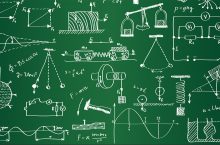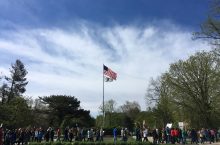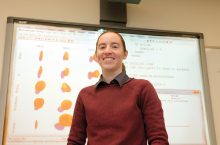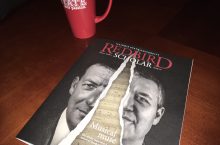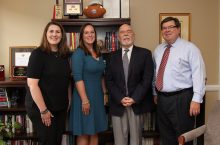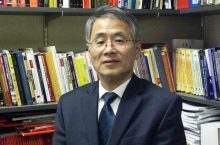Physics professors named among top in nation
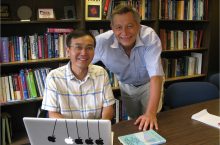
Q. Charles Su and Rainer Grobe
The Research Corporation for Science Advancement named Illinois State University’s Rainer Grobe and Q. Charles Su as two of the top physics scholars in the country with the awarding of the Singular Exceptional Endeavor of Discovery (SEED) grant.
Appears InGrobe and Su, both distinguished professors of physics at Illinois State, are the founders of the University’s Intense Laser Physics Theory Unit (ILP). The groundbreaking, theoretical work of the duo earned them the designation of Cottrell Science Scholars by the Research Corporation in 2015. From that pool of nearly 400 selected national scholars, only five projects have been awarded SEED grants this year, including Grobe and Su’s research.
“We’re hoping the discoveries we make can advance the science a little further, and we are lucky that has happened a few times in our careers,” said Su. “It’s an incredible feeling, when you finally understand something that has been a puzzle for quite some time.” The $50,000 grant that accompanies the SEED honor will help continue the ILP research, which explores how an extremely focused laser can reveal the moment when energy transforms into mass—a physical representation of Albert Einstein’s theory, E=mc2 (energy equals mass times the speed of light squared).
Scientists in the European Union and the United States fill laboratories as large as stadiums with lasers to create enough energy for the transformation. Before Grobe and Su’s work, however, scholars were unable to distinguish how sub-atomic particles (electrons, positrons) emerge in a vacuum. “We have ideas that could help obtain—for the first time ever—some kind of insight into actually seeing how an electron and positron are born,” said Grobe. “We’re proposing a better means of visualizing what happens in there.”
Along with gaining a greater understanding of the process, Su said he hopes their research will drive other fields. “By providing better theoretical tools to understand energy conversion and creating light with more spectacular properties, it may also have technological implications, such as advances in imaging,” he said.
Grobe and Su are the only team to receive a SEED grant. The other four scholars work individually. The joint honor is not surprising, as Grobe and Su have worked together for nearly 30 years. They met when Grobe was a post-doctoral fellow and Su was a graduate student at the University of Rochester. Su joined the faculty of Illinois State in 1994, and Grobe followed in 1995. The duo created ILP in 1996, which has been awarded several honors from the National Science Foundation and the American Physical Society.
Throughout their time overseeing ILP, Grobe and Su have authored hundreds of publications and worked with countless undergraduate students who made more than 300 presentations at regional, national, and international conferences. “That’s the joy of working at Illinois State,” said Grobe. “We can do this theoretical research that no one else has done, yet still have the chance to work directly with our students and have a small impact on their future careers.”

